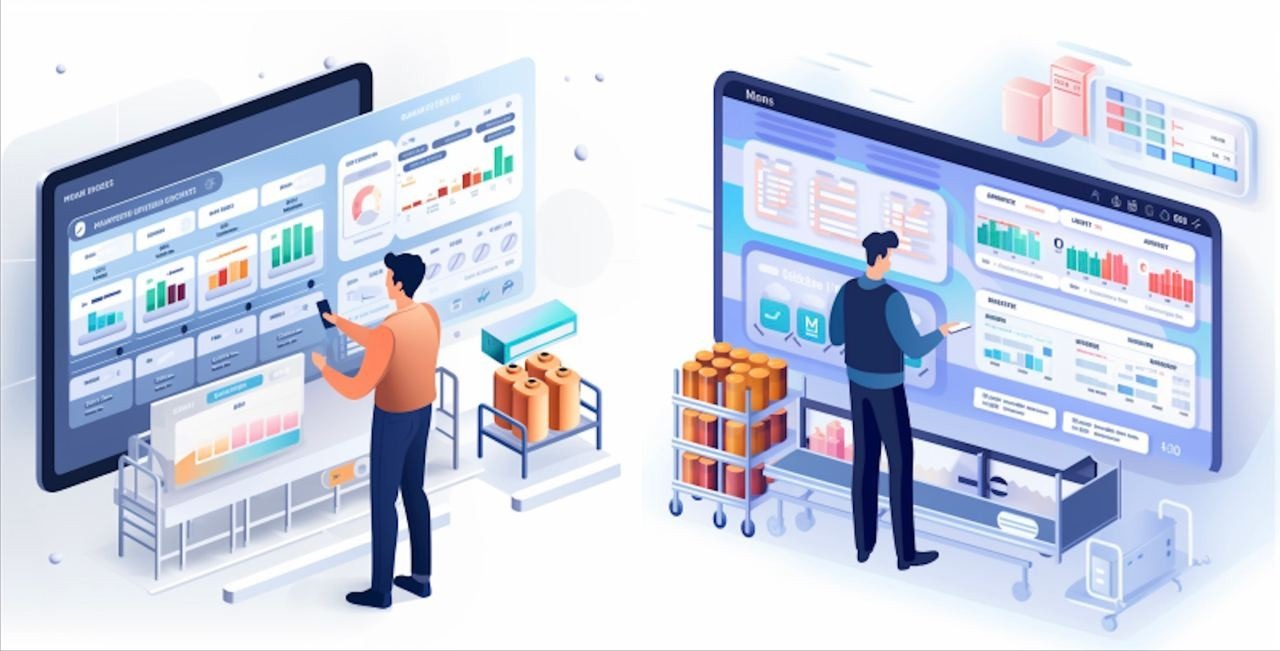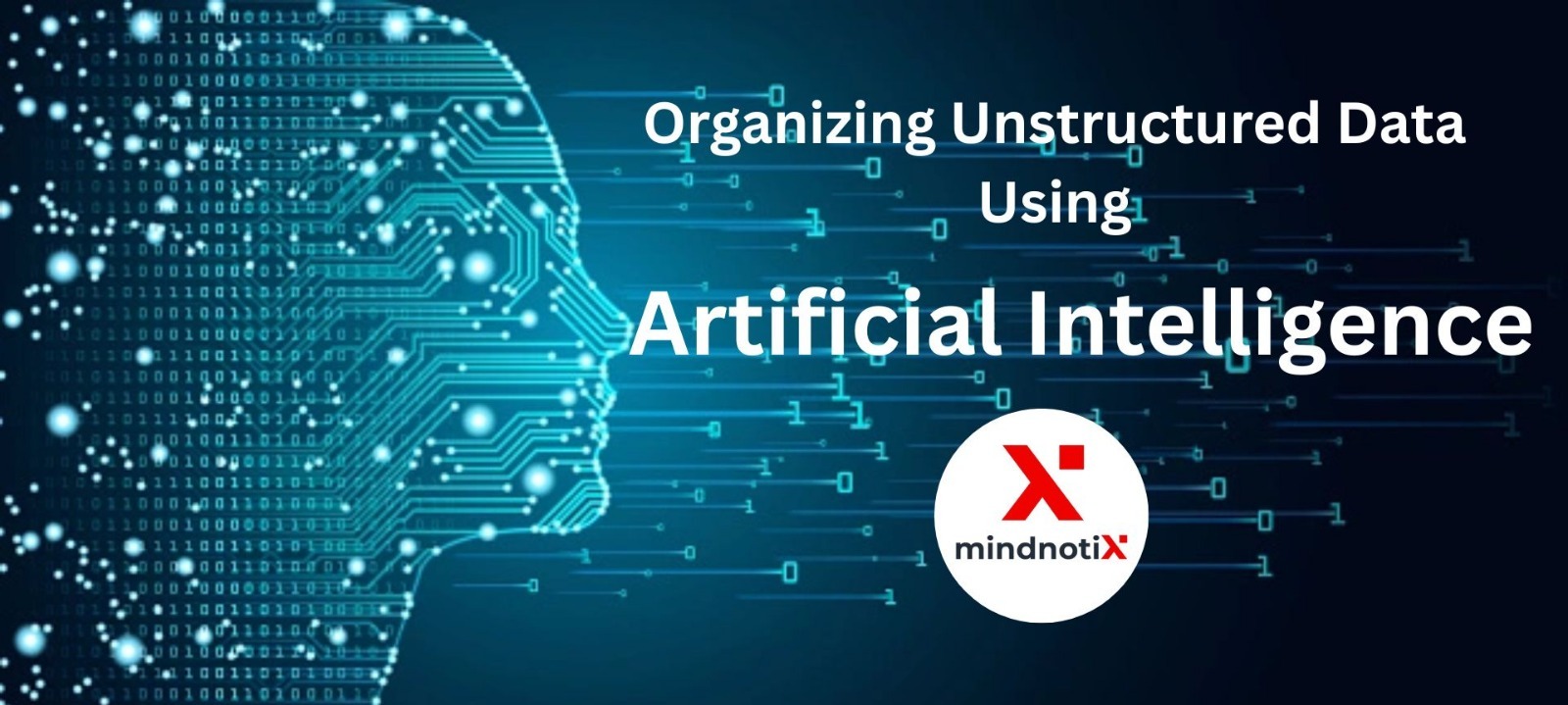The retail sector has always leaned on demand forecasting to guide decisions about inventory, marketing strategies, and sales promotions. Traditional methods, however, often miss the mark. Enter Artificial Intelligence (AI) - a game-changer that offers intricate data pattern analysis, predicting future demand with unparalleled precision. This article dives deep into the challenges of conventional demand forecasting and the transformative power of AI.
AI tools analyze historical order data, production lead times, and supplier performance metrics to forecast component demand accurately. This enables the manufacturer to collaborate with suppliers, streamline production planning, and avoid shortages or excess inventory at different stages of the supply chain.
Challenges of Traditional Demand Forecasting
Stockouts: Underestimating demand can lead to stock shortages, disappointing customers and possibly pushing them towards competitors.
- Business Impact: This not only disappoints current customers, but it also risks permanent customer attrition as they might turn to competitors for immediate needs. Additionally, frequent stockouts can harm a business's reputation, implying poor management or unreliability.
- Value of Mitigating: Ensuring consistent product availability is key to maintaining customer trust and loyalty. In competitive markets, businesses cannot afford to lose customers due to inventory mismanagement.
Overstock: Overestimation can result in surplus inventory, tying up funds and incurring higher storage costs.
- Business Impact: Excess stock ties up working capital that could be invested elsewhere. Moreover, if products have a limited shelf life or are tied to seasonal trends, overstock can result in significant write-downs and wastage. Additionally, higher storage costs and space inefficiencies can strain logistics.
- Value of Mitigating: Efficient inventory management is essential for optimizing cash flow, reducing wastage, and ensuring space utilization, all of which directly influence a company's bottom line.
Wasted Marketing Efforts: Promotions based on inaccurate forecasts can miss their mark, wasting resources and opportunities.
- Business Impact: This can result in a mismatch between promotional offers and consumer demands, leading to wasted marketing budget, diminished return on investment, and missed revenue opportunities.
- Value of Mitigating: Effective marketing not only drives sales but also shapes brand perception. Ensuring promotions align with actual demand ensures resource optimization and maximizes engagement opportunities.
Supply Chain Disruptions: Inconsistent forecasts can cause inefficiencies from procurement to distribution, leading to increased costs.
- Business Impact: Disruptions can lead to increased lead times, higher transportation costs due to expedited shipments, strained relations with suppliers, or even contractual penalties. This not only affects costs but can also lead to service level failures, affecting customer satisfaction.
- Value of Mitigating: A streamlined supply chain is the backbone of a retail operation, ensuring timely delivery and cost optimization. Addressing forecasting inaccuracies ensures smoother operations, reduced costs, and consistent service delivery.
How AI Enhances Demand Forecasting

AI-powered demand forecasting goes beyond traditional methods by tapping into a diverse range of data sources:
Deep Analysis: AI can process vast data amounts, considering multiple variables like historical sales, weather trends, economic indicators, and social media buzz.
- Multidimensional Insights: AI and ML models can process and interpret complex relationships within data, allowing for a more nuanced understanding of various factors that influence demand. Unlike traditional analysis which may consider factors in isolation, AI and ML consider interdependencies, revealing patterns that might otherwise be overlooked.
- Temporal Pattern Recognition: Machine learning, especially with techniques like recurrent neural networks, excels at recognizing patterns over time. This means seasonality, recurring spikes, or even dips in demand can be anticipated and prepared for, even if they vary from year to year.
- Unstructured Data Processing: AI shines in analyzing unstructured data like customer reviews, social media chatter, and even video content. By parsing and interpreting this kind of data, businesses can gain insights into emerging trends, product sentiments, or evolving customer needs, which can be invaluable for forecasting demand.
Predictive Accuracy: Learning from past patterns and adjusting to new data, AI predicts future demand with far greater accuracy than conventional methods.
- Operational Efficiency: A higher accuracy in demand forecasting leads to less unsold stock and reduced holding costs, optimizing the supply chain and potentially increasing profit margins
- Scenario Planning: Utilizing AI for simulating multiple demand scenarios can help in anticipating the potential impact of external events on product demand. This allows for proactive strategies, whether it's an upcoming economic shift or a viral trend.
- Tailored Campaigns: Enhanced accuracy in predicting product demand allows marketing campaigns to be more effectively targeted, promoting items that are anticipated to be popular with consumers.
Real-time Adjustments: AI systems can adapt to real-time data, letting businesses tweak forecasts instantly in response to unforeseen events or trends.
- Agility in Response: The capacity to adjust in real-time ensures that businesses remain nimble. Whether responding to sudden market shifts, a viral product review, or unforeseen global events, the ability to rapidly adapt can seize opportunities or mitigate risks.
- Supply Chain Alerts: With real-time data, suppliers can be promptly informed about potential changes in demand. This ensures better coordination, from production to delivery, meeting the dynamic needs of the market.
- Personalized Engagement:he use of real-time adjustments allows for dynamic promotional strategies, providing offers or discounts based on current shopping behaviors or local events, enhancing customer engagement.
Real-world Success Stories of AI in Retail
- Walmart: By leveraging AI-driven algorithms, Walmart enhanced its forecast accuracy, ensuring better stock availability and slashing inventory costs. Their system factors in elements like holidays, local events, and weather patterns.
- H&M: This global fashion giant uses AI tools to scrutinize sales, returns, and receipts data, enabling more efficient production and inventory adjustments, leading to fewer markdowns and heightened profitability.
- Starbucks: Starbucks employs AI to predict daily demand for each of its 30,000+ stores, taking into account variables like weather, holidays, and local events, ensuring optimal stock levels.
AI's analytical prowess and predictive capabilities empower retailers to refine their operations, satisfy customers, and boost their bottom lines.
Interested in harnessing the power of AI for your business? Contact me for a consultation or explore more about AI in retail.
For more information contact : support@mindnotix.com
Mindnotix Software Development Company


 AI-Taxi App
AI-Taxi App AI-Food App
AI-Food App AI-Property Mgmt App
AI-Property Mgmt App AI-CRM
AI-CRM AI-Fantasy App
AI-Fantasy App
 Web Development
Web Development App Development
App Development Business & Startup
Business & Startup Hire Developer
Hire Developer
 Digital Marketing
Digital Marketing Lead-generation
Lead-generation Creative Agency
Creative Agency Branding Agency
Branding Agency Augmented Reality
Augmented Reality Virtual Reality
Virtual Reality Internet of Things
Internet of Things Artificial Intelligence
Artificial Intelligence Blockchain
Blockchain Chatbot
Chatbot



